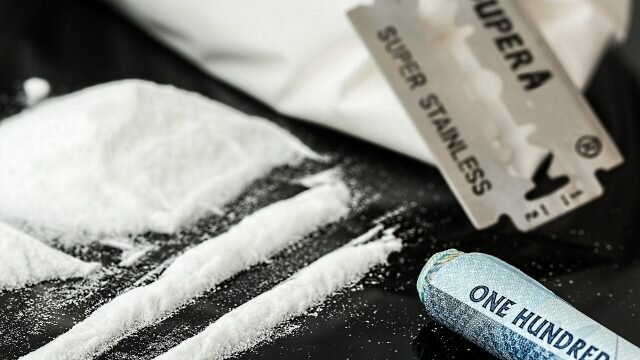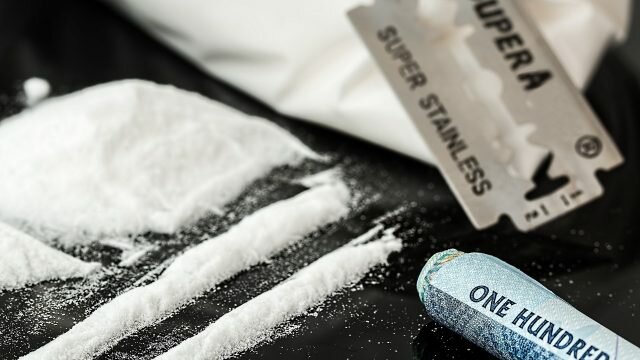Last updated March 22, 2018 at 4:01 pm
New research finds even non-drug users have illicit substances on their skin.

Never taken illicit drugs in your life? That’s very responsible of you, but there’s a good chance there’s some on your fingertips right now.
Research coming out of the University of Surrey in the UK found that 13%, or more than one-in-10, of non-drug-users taking part in a fingerprinting test had either cocaine or heroin on their skin.
And while that sort of finding might trigger immediate and terrible fantasies of being arrested and convicted for drug smuggling based on false but apparently conclusive forensic evidence, the innocent can rest easy.
Accidental exposure
The Surrey study, led by the university’s Mahado Ismail and published in the journal Clinical Chemistry, was established to test a new method of distinguishing between skin traces of drugs acquired through use and others picked up through unintended environmental exposure.
 Ismail’s team tested the fingerprints gathered from the unwashed hands of 150 non-drug users and 15 volunteers who admitted to using either heroin or cocaine in the previous 24 hours. The results showed up cocaine in 13% of the substance-free participants, and a metabolite of heroin was found on another 1%.
Ismail’s team tested the fingerprints gathered from the unwashed hands of 150 non-drug users and 15 volunteers who admitted to using either heroin or cocaine in the previous 24 hours. The results showed up cocaine in 13% of the substance-free participants, and a metabolite of heroin was found on another 1%.
Next, the researchers asked the non-drug users to shake hands with one of the cocaine- or heroin-using volunteers, after which fingerprints were taken and measured again. This allowed them to establish a cut-off level, below which drug traces could safely be deemed the result of environmental rather than recreational encounter.
“Believe it or not,” says co-author Melanie Bailey, “cocaine is a very common environmental contaminant – it is well known that it is present on many bank notes. Even so, we were surprised that it was detected in so many of our fingerprint samples.
“By establishing a threshold for significance on a fingerprint test, we can give those tested the peace-of-mind of knowing that whatever the result of the test may be, it was not affected by their everyday activities or shaking hands with someone that had taken drugs.”
Ismail adds that the research strongly indicates that fingerprinting is the future of drug-testing. “It’s non-invasive, easy to collect and you have the ability to identify the donor by using the sample,” she explains.
































































































































































































































































